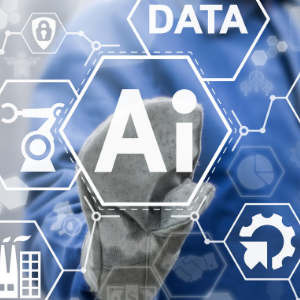It’s time to be techy #EENA2021
How new technology impacts positively emergency response
One of the featured topics in public safety to be explored at the EENA Conference 2021 (6-8 October, Riga).
The role that technology plays in our lives is indisputable and it has also brought numerous changes to the public safety panorama – enhancing emergency response and making emergency management systems more effective, interoperable, secure and intelligent.
For example, drones can provide information for search and rescue operations, IoT technology can improve data collection, GIS can be used in hazard mapping, and emergency apps can make citizens safer, more informed more saved and connected before, during and after a crisis.
They are many other examples that show the significant role of technology in improving emergency operations. However, with so many developments, it is difficult to keep up-to-date with all of them.
How does tech help emergency services? What are the latest technologies available in the emergency management field?
At #EENA2021, we will look at the latest technological innovations and explore how technology works hand in hand with emergency services to overcome daily challenges and enable faster aid to people in need. Below, you can have a glimpse at some of the #EENA2021 sessions that will make you tech-savvy.
DAY 1 > 6 OCTOBER – FEATURED SESSIONS

NG eCall
The transition to Next Generation telecommunications will require a move to Next Generation eCall. In this session, we’ll hear about the implications of Next Generation eCall and how to manage the transition while ensuring legacy support.

Drones in emergencies
It’s clear that drones are here to stay when it comes to emergency response. We’ll hear how these flying responders can aid operations in different emergency fields.

Improving public safety with smart cities and Internet of Things
New communication and information technologies bring new opportunities for emergency services. In this session, presenters will highlight different examples on how public safety professionals can benefit from such technologies.

Keynote – Remote call-taking during the Covid-19 pandemic in Israel
With the Covid-19 pandemic, we saw the rise of teleworking in all sectors of society. A representative of Israel’s emergency medical services will share his experience of quickly organising remote call-taking in his organisation and how to address all the challenges that were faced such as reliability, privacy and security.
DAY 2 > 7 OCTOBER – FEATURED SESSIONS

Remote call-taking
Homeworking was advised by many authorities during the COVID-19-crisis. In some countries, emergency communications were even handled remotely. This session will explore how homeworking for call-takers can be organised and what limitations have to be anticipated.

User Experience and User interface (UX/UI) design
How can a human being manage a large amount of simultaneous information in a short time frame? This is where modern user experience and user interface (UX/UI) design techniques and automatic recommendations for call-taking and dispatch software and hardware come into play. This session will present different techniques and implementations.

Artificial Intelligence & Public Safety: challenges & concrete applications
Artificial Intelligence and Machine Learning provide the potential to analyse vast amounts of data in a short space of time and to provide additional lifesaving information quickly in times of emergency. In this session, you will hear concrete examples of emergency services making use of this technology and the challenges that it may imply.
*All industry sessions are focused on technology!
